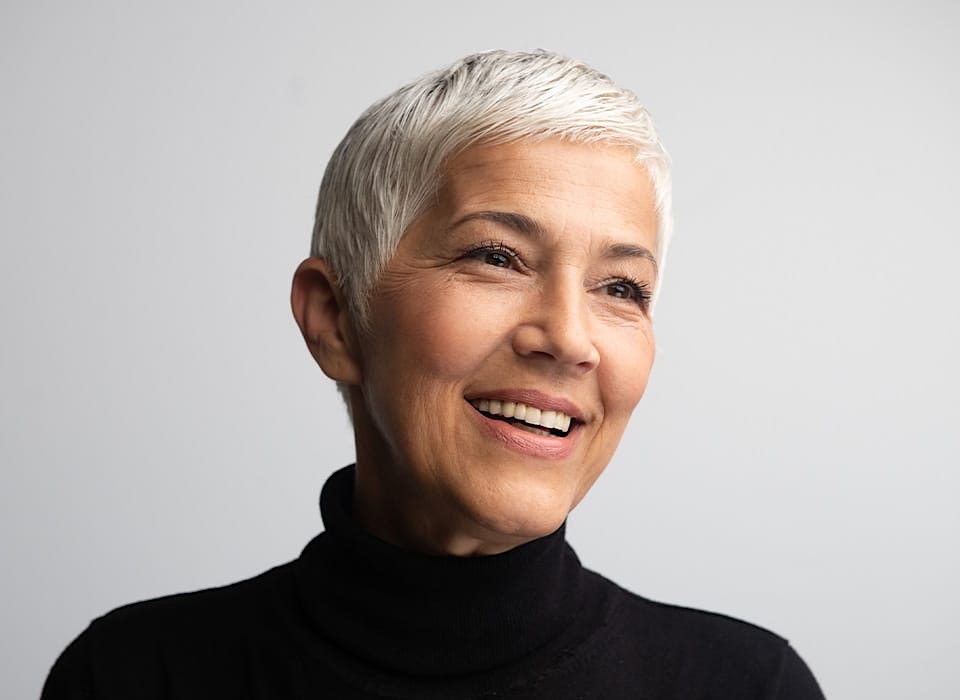The SMAS facelift targets the deeper tissues of the face, providing long-lasting, naturalistic results that address the very foundations of facial aging.
Why Choose the SMAS Facelift?
Many patients opt for an SMAS facelift with Dr. Chopra due to its bespoke nature. At Chopra Plastic Surgery, no procedure is performed as a one-size-fits-all surgery, and this includes the SMAS facelift. Your surgical plan will be customized to your unique cosmetic goals, ensuring that you’re able to enjoy the ideal results you’ve envisioned for yourself.
The ideal SMAS facelift tends to be anyone interested in facial aging concentrated in the lower half of the face. You’re likely going to love your SMAS facelift results if you’re interested in addressing the following issues:
- Lost facial volume
- Sagging cheeks
- Jowling
- Drooping
- Deeper lines
- Moderate wrinkles












